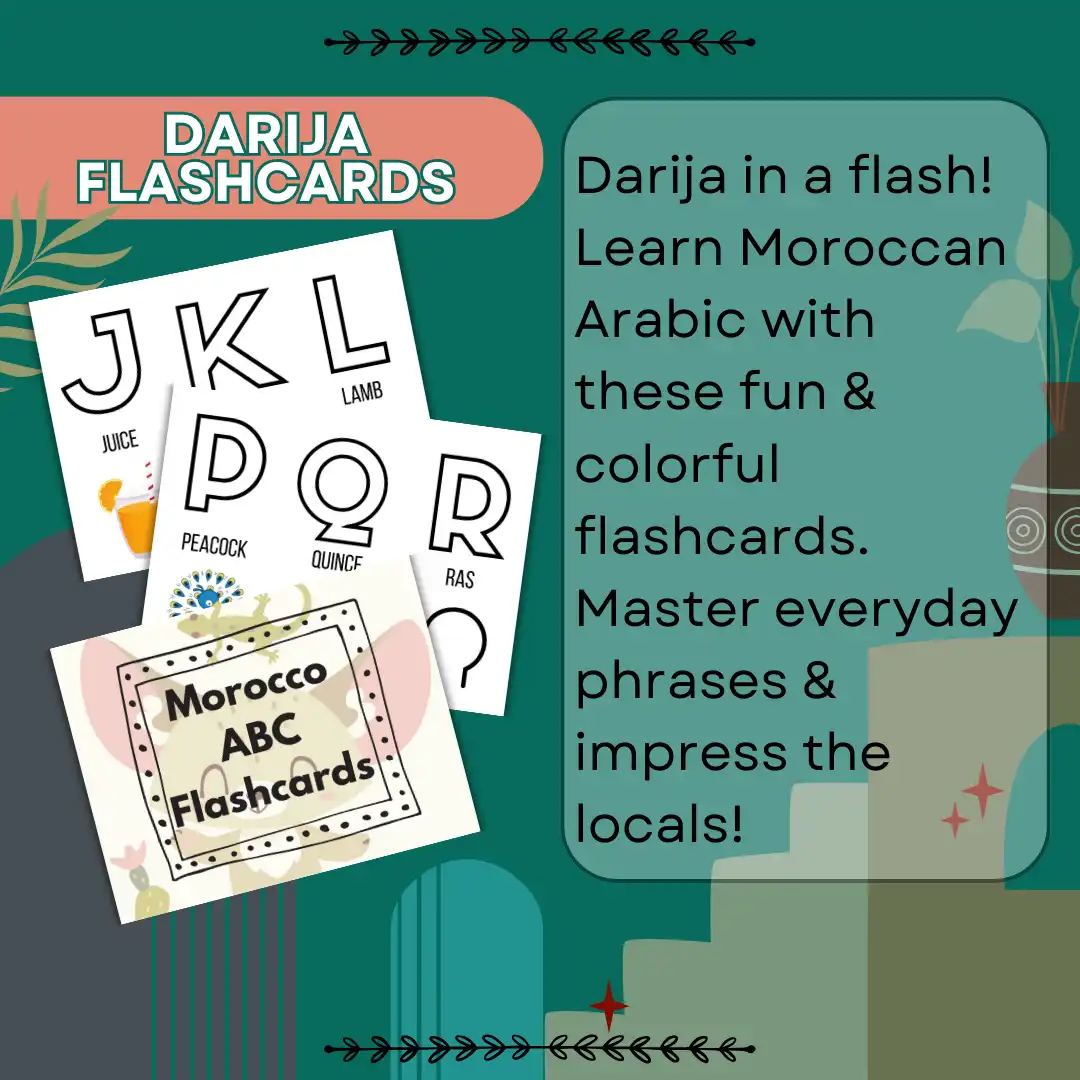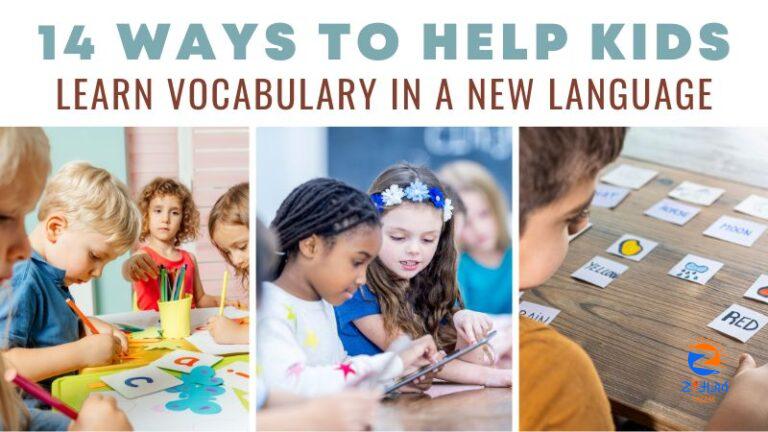
[ad_1]
What do you do when your child comes home with homework in a foreign language that you’re not fluent in? What if they have a list of vocabulary words to learn over the weekend? As a parent navigating a bilingual educational system, I understand these challenges firsthand and have discovered effective ways to help kids learn vocabulary in a new language. First and foremost, it’s essential to recognize that every child learns differently.
Finding the best way to learn vocabulary for your child depends on their interests and learning style. A child who loves video games might be more engaged with a vocabulary app that incorporates gaming elements, while a child who enjoys drawing might benefit more from creative activities. There’s no one-size-fits-all solution; the key is to tailor the learning approach to what works best for your child.
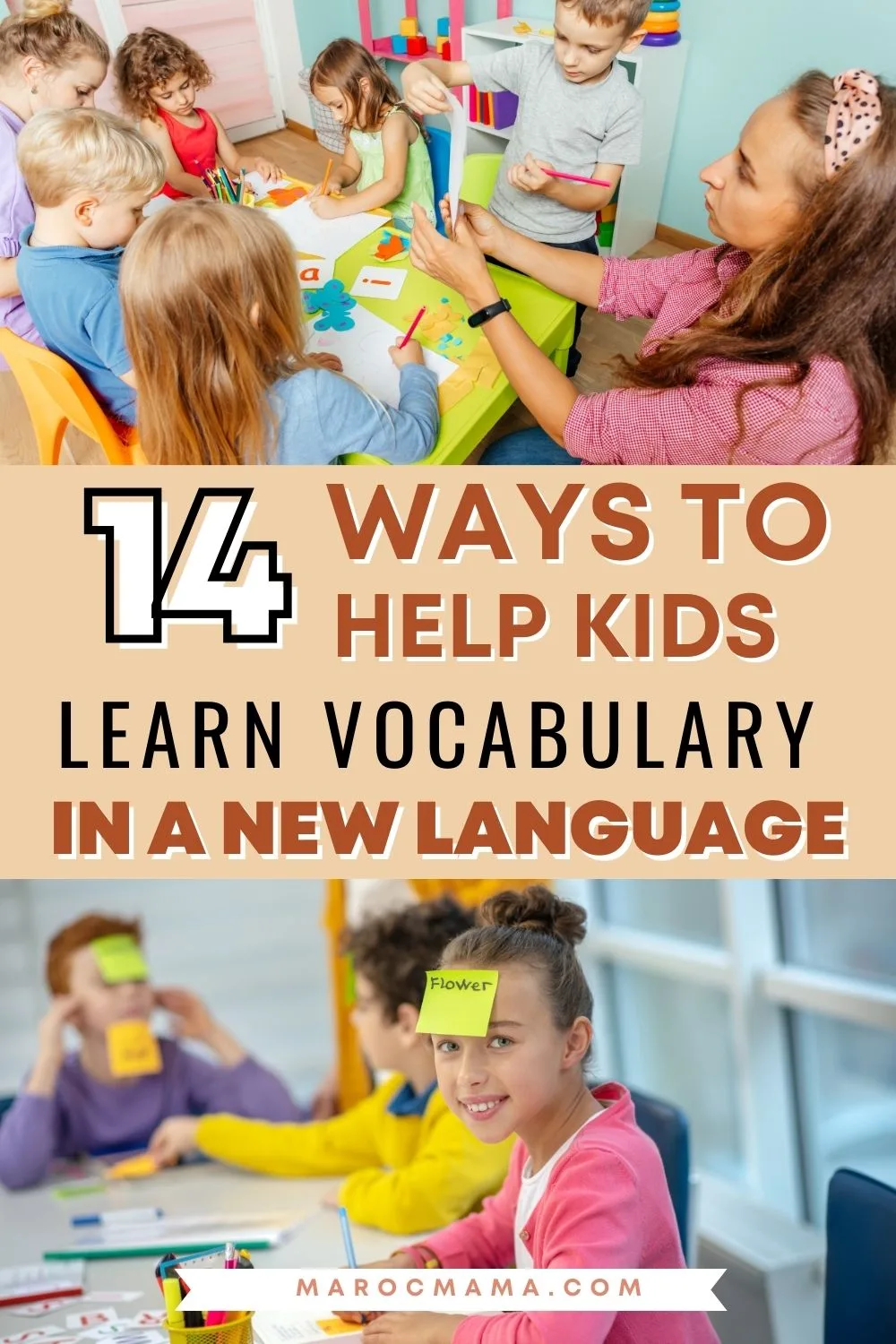
Despite my training as a TEFL teacher, helping my own children with vocabulary can be daunting. To find effective strategies, I reached out to my Facebook community and was overwhelmed by the wealth of tips and tricks shared.
Here, I’ve compiled the best advice to help others facing similar language learning hurdles.
1. Label Items
Labeling household items in the target language can create a visually rich learning environment. By placing labels on everyday objects like mirrors, cabinets, stoves, and shelves, kids can see and associate the foreign words with their corresponding items. When teaching children a foreign language, this method works best for children who can already read in the target language, providing regular reinforcement of vocabulary.
The constant exposure helps solidify the connection between spoken and written words, making it easier for children to recall and use them in conversation. Parents can also join in by labeling objects together, turning it into an interactive learning activity.
2. Everyday Vocabulary Activities for Kids
Incorporating vocabulary learning into daily activities can be highly effective. For example, sending older children on errands to local shops encourages them to use the target language in real-world scenarios. In grocery stores, children can learn the names of food items, practice asking questions, and handle transactions in the new language.
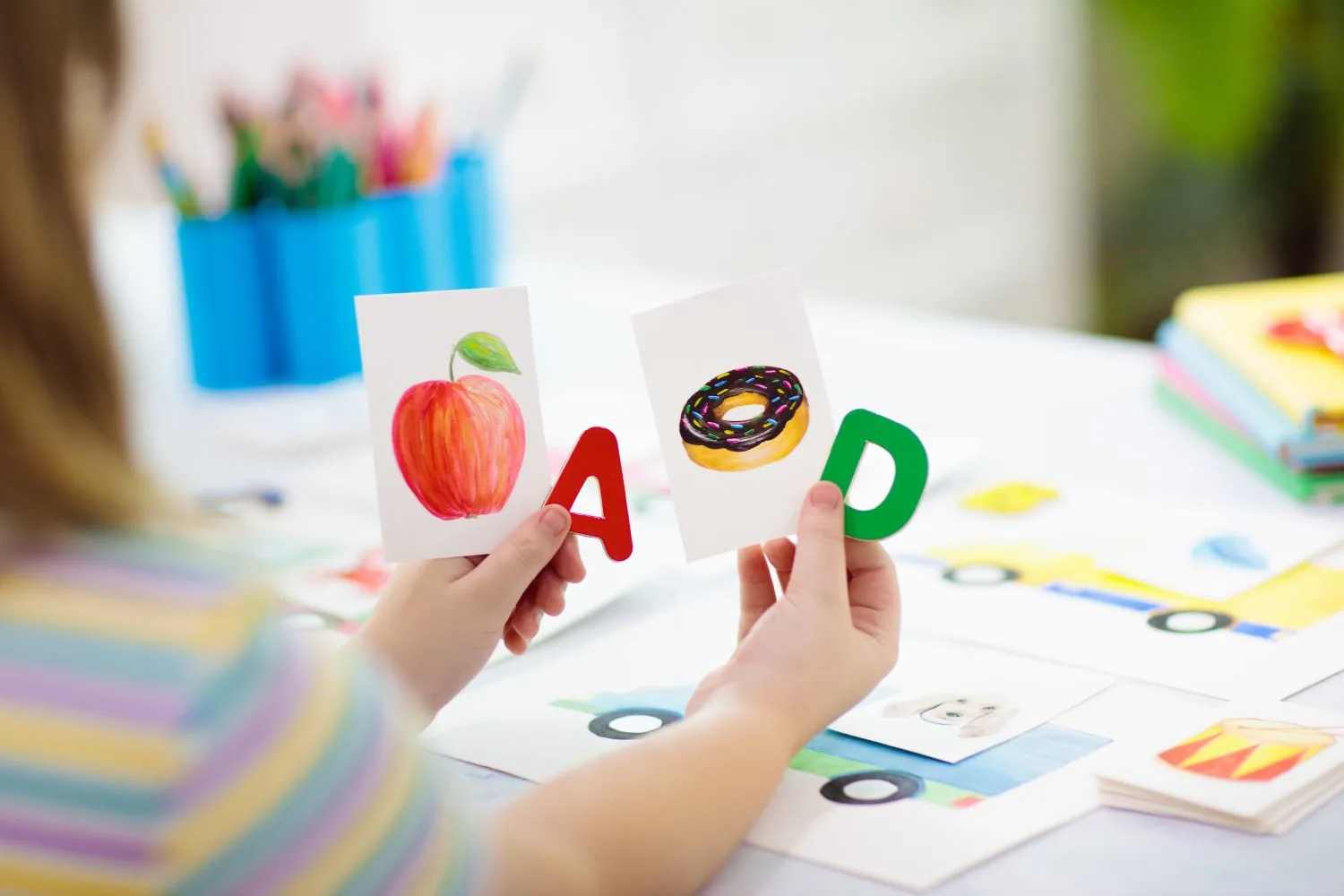
This method immerses them in practical usage without a fallback option in their native tongue, reinforcing learning through necessity. Parents can guide and support their children, making each errand a mini language lesson.
3. Learn the Language With Them
Learning a new language alongside your children can provide additional support and motivation. By using the language together in everyday situations, children hear it more frequently and in various contexts. This consistent exposure helps words and phrases become familiar, speeding up the learning process.
Estimates suggest a child needs to hear a word over 100 times before it “clicks,” so frequent practice is essential. Parents can make this fun by incorporating the language into family routines, games, and conversations, creating a shared learning journey.
4. Be Dramatic
Encouraging children to write and perform skits or musical performances using vocabulary words makes learning engaging and memorable. This creative approach not only helps with vocabulary retention but also with sentence structure and storytelling skills. By acting out scenarios, children use the language in a context that makes sense to them, reinforcing their understanding.
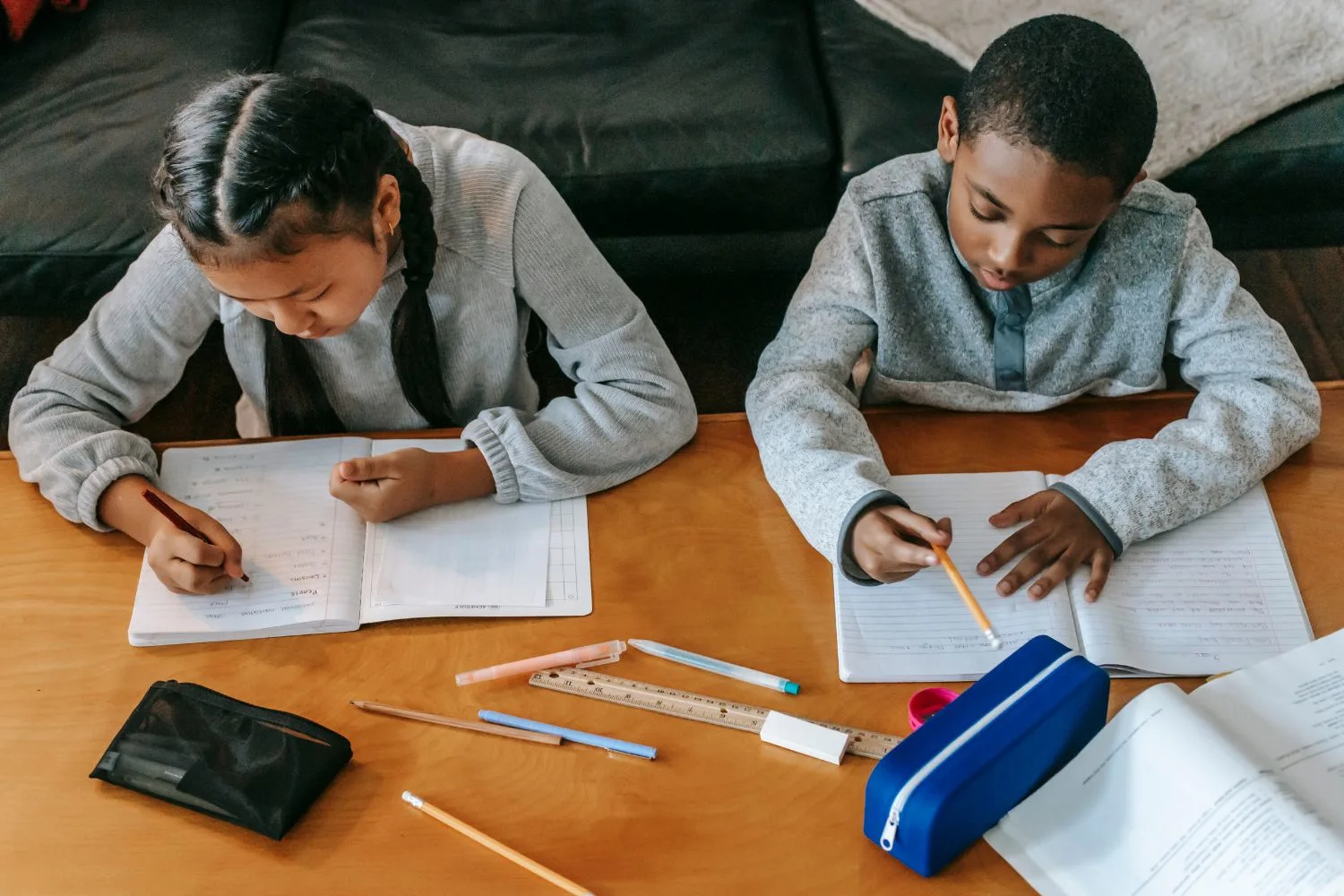
Parents can participate by helping write scripts or joining in performances, making it a fun family activity. The more enjoyable the learning process, the more likely children are to participate enthusiastically.
5. Learning New Vocabulary Games
Playing games is a fun and effective way to teach vocabulary to children, especially younger ones. Games like story time, where each person adds a sentence using new vocabulary, encourage creativity and language use. Adapting classic games like Go Fish to include vocabulary practice can also be beneficial. For instance, children can practice asking questions and recognizing numbers in the target language. Participating in these games with your children can increase their interest and engagement, making learning feel like play rather than work.
Idea 1: Storytime using that vocab is also fun– have the list of vocab out, and have all four of you play the game where someone writes a sentence, starting the story, then passes the paper to the next person. The goal is to use all the vocabulary by the end of the story. Bonus points for creativity/wackiness.
Idea 2: Go Fish – recently my youngest son and I played Go Fish. He chose to play in French. We were able to work on asking questions, number recognition, and had a great time!
6. Language Flashcards and Other Tactile Learning Devices
Flashcards are a classic tool for vocabulary drills, providing effective rote memorization. To make them more engaging, you can create tactile flashcards with materials like puffy paint, allowing children to feel the words as they learn. This multisensory approach can aid in retention and recall.
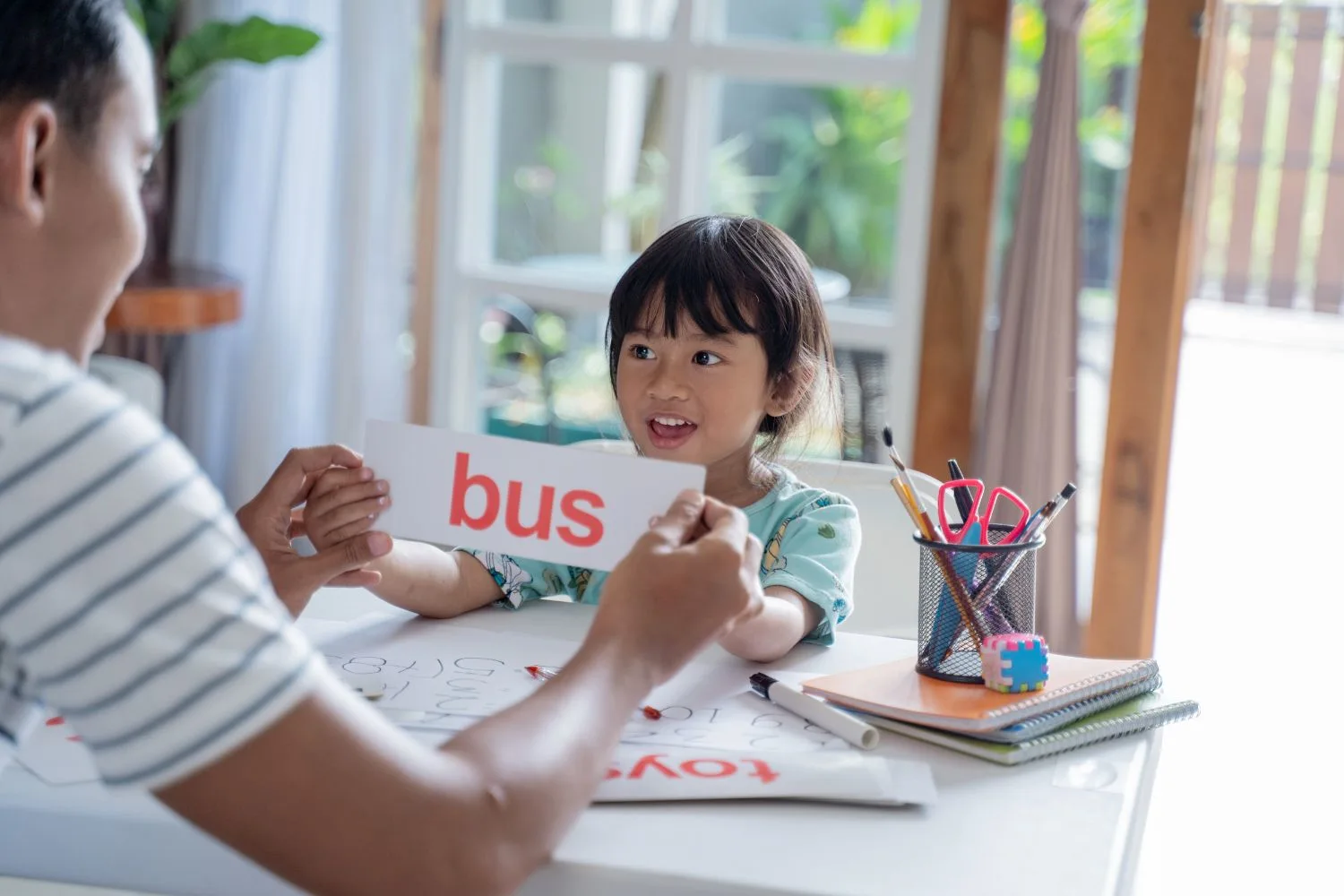
Digital flashcard programs and apps are also available for interactive practice. Additionally, writing the words by hand or using apps to practice script writing can strengthen the connection between the word’s visual form and its meaning.
7. Cognates and Word Association
Association games can help children learn new vocabulary by connecting unfamiliar words with known ones. For example, finding cognates—words that sound similar in both languages—can make learning easier. Creating games where children travel from one place to another by saying words out loud helps them practice and remember new vocabulary. Once they start forming sentences, the game can be adjusted to include correct word forms and singular or plural usage. These associations help embed new words in their memory in a meaningful way.
8. Reading
Encouraging children to read in the target language can significantly expand their vocabulary and comprehension. Bilingual books, which offer text in both languages, allow children to cross-reference and understand the material better. Regular reading habits improve spelling, writing, and overall language proficiency.
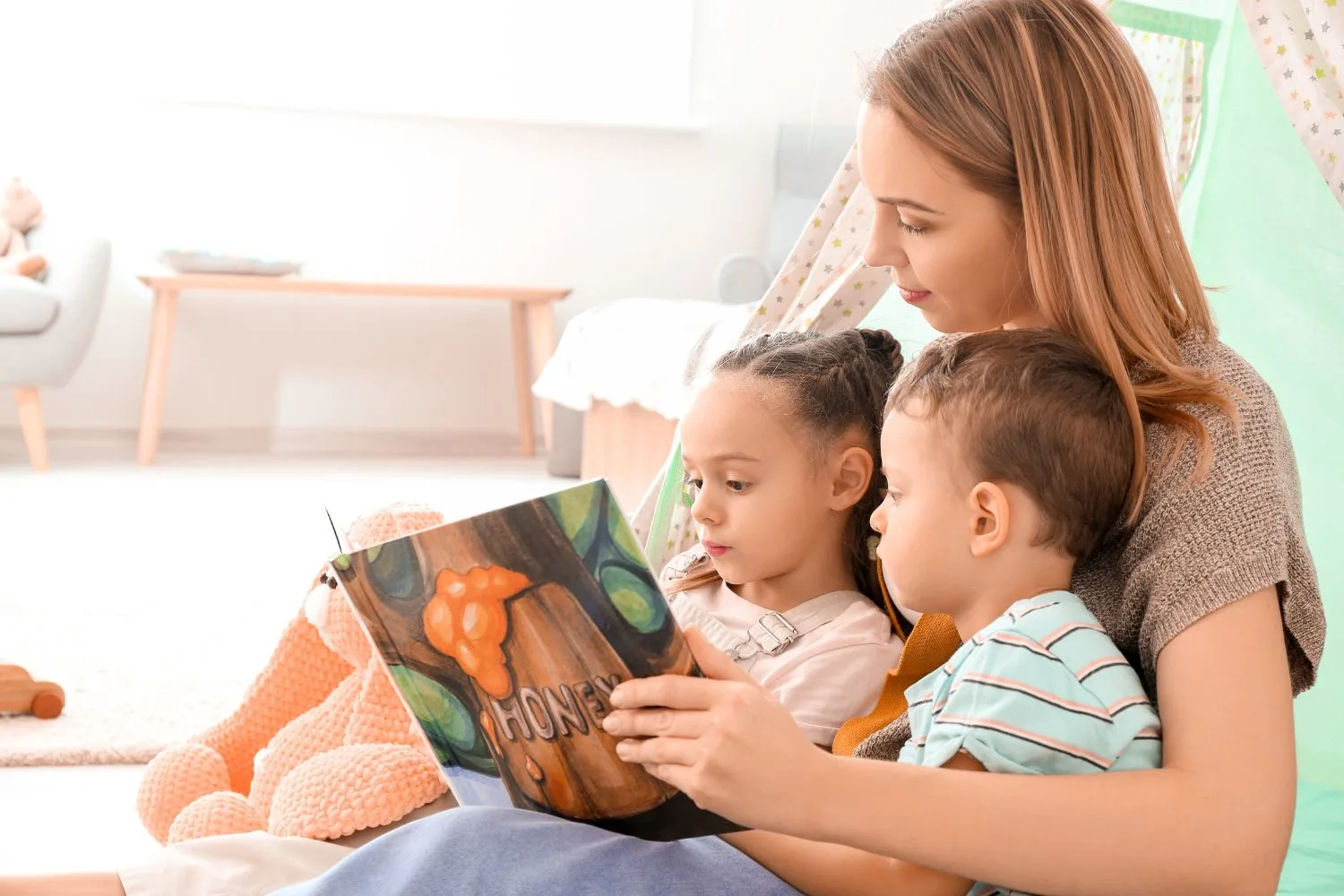
By selecting books that interest them, children are more likely to engage and enjoy the learning process. Parents can support this by reading together, discussing the stories, and helping with any challenging words or phrases.
These are some examples in Arabic, French and Spanish.
9. Research Bilingual Education and Methods
Exploring resources and methods for bilingual education can provide valuable strategies for teaching vocabulary. Books like Teaching for Biliteracy: Strengthening Bridges Between Languages offer practical ideas and approaches for both teachers and parents. Understanding different educational techniques can help tailor your teaching to suit your child’s needs. Joining communities or forums of bilingual educators can also provide ongoing support and new ideas. The more informed you are about effective methods, the better you can support your child’s language learning journey.
10. Total Physical Response
Total Physical Response (TPR) is a method where learners associate words with physical actions, enhancing memory through movement. By performing actions while saying the corresponding words in both languages, children can better remember and understand new vocabulary. This method is especially effective for young learners who benefit from kinesthetic activities.
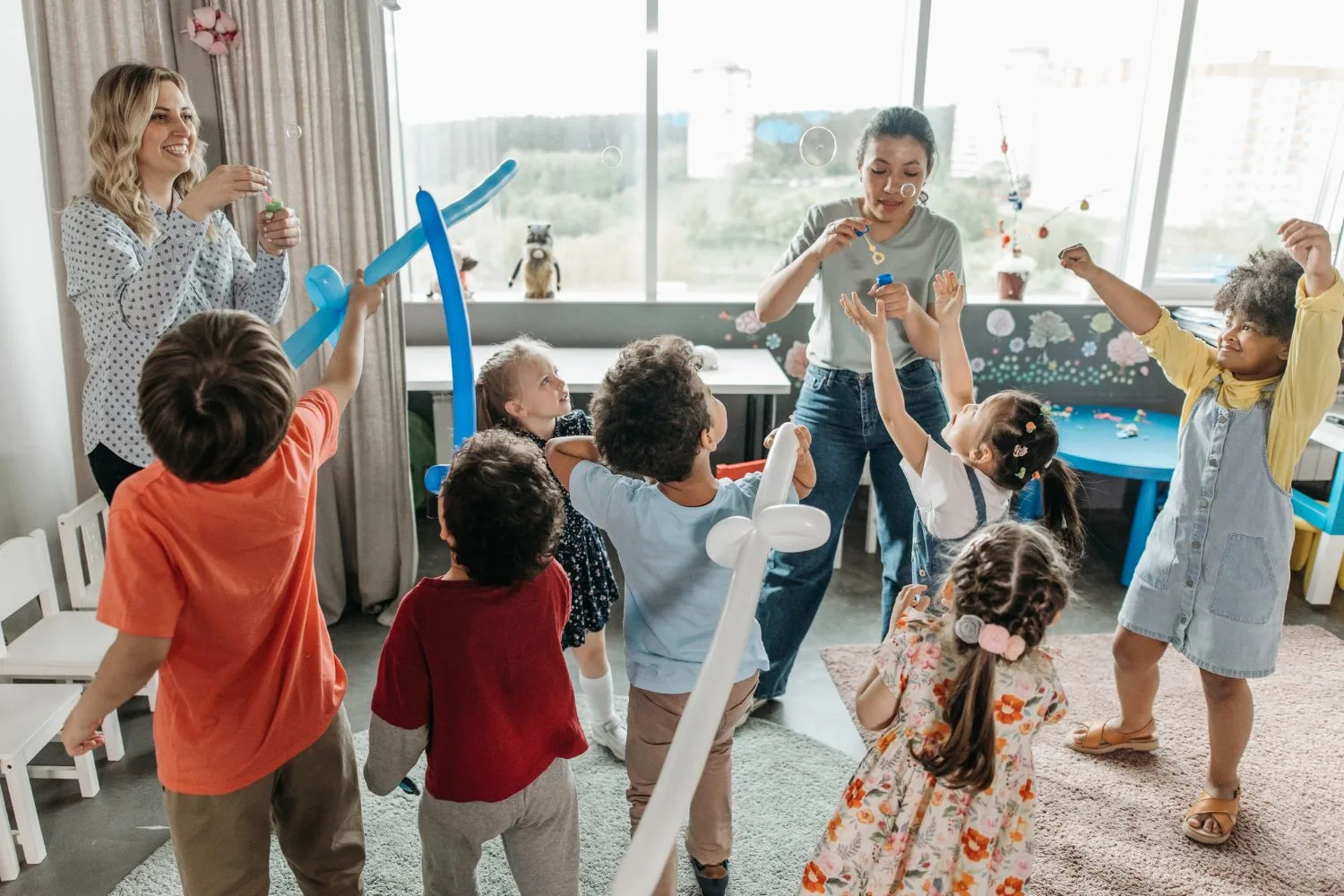
Incorporating TPR into daily routines, like mimicking brushing teeth while saying the word in the target language, makes learning dynamic and interactive. Teachers and parents can use this technique to create an engaging and memorable learning experience.
11. Visual Aids
Using visual aids can help children understand and remember new vocabulary by providing a visual context. Flashcards with pictures, illustrated books, and other visual tools can make abstract words more concrete. When children see a picture of an apple alongside the word in the target language, they can easily make the connection. Visual aids also help with understanding the usage of words in sentences through context clues. Parents and teachers can use visuals during lessons or incorporate them into games and activities to reinforce learning.
This approach is particularly effective when teaching introductions and useful expressions in Moroccan Arabic (Darija), as visual aids can bridge the gap between unfamiliar sounds and their meanings, making the learning process more engaging and effective.
12. Immersion
Immersing children in the target language is one of the most effective ways to learn. This can include visiting places where the language is spoken, watching movies and TV shows, and listening to music in the target language. Subtitles can be used to aid understanding. Creating an immersion environment at home, like having conversations exclusively in the target language during certain times, helps children practice and think in the new language. The more they are exposed to and use the language, the faster they will acquire new vocabulary and fluency.
13. Finding Connections
Helping children find connections between new vocabulary words can enhance their learning and memory. Sorting words into categories, such as animals vs. non-animals or masculine vs. feminine, encourages them to think about meanings and relationships. This method requires children to engage with the words on a deeper level, beyond simple memorization.

By organizing words into meaningful groups, they can better retain and recall them. Parents can turn this into a fun activity by using colorful charts or organizing words during playtime.
14. Patience
Patience is crucial when helping children learn a new language. It’s important to understand that language acquisition takes time and repeated exposure. Many children go through a “silent period” where they absorb the language before actively using it. Forcing them to speak before they are ready can be counterproductive. Encouraging consistent practice and providing a supportive environment will help them gain confidence. Remember, hearing a word multiple times in context is essential for retention, so be patient and persistent in your efforts.
From interactive games and storytelling to language immersion and consistent practice, each method offers unique benefits that cater to different learning styles. Encouraging kids to engage with the language in diverse, meaningful contexts helps solidify their understanding and usage of new words. Remember, patience and positive reinforcement are key to fostering a love for language learning.
Final bit of advice: don’t learn the language, live the language. By creating a vibrant and immersive language environment, you can inspire children to embrace their new linguistic journey with enthusiasm and confidence.
Teaching Your Child Darija? Check These Out!
[ad_2]
